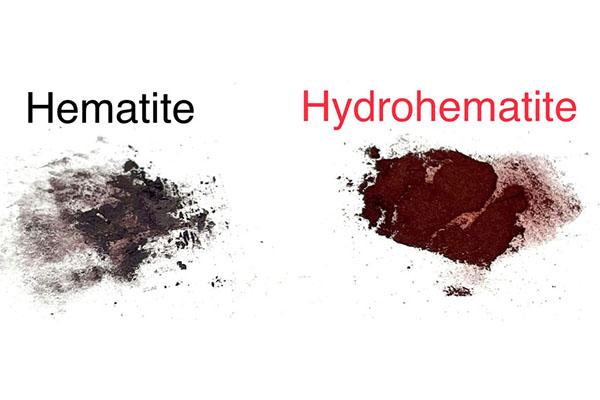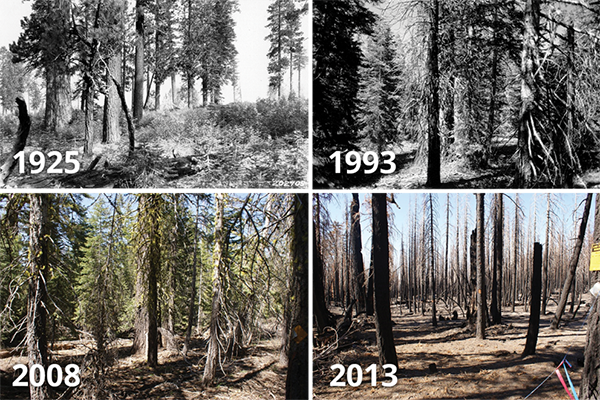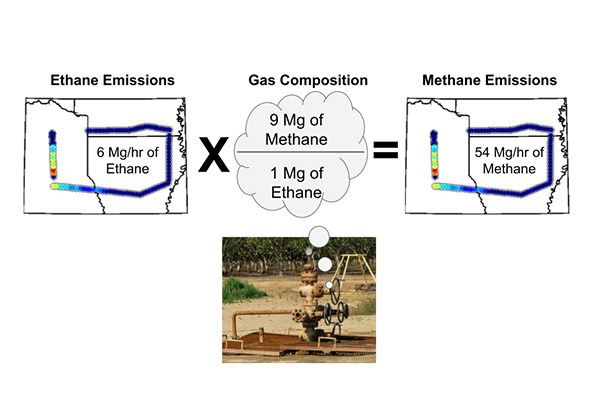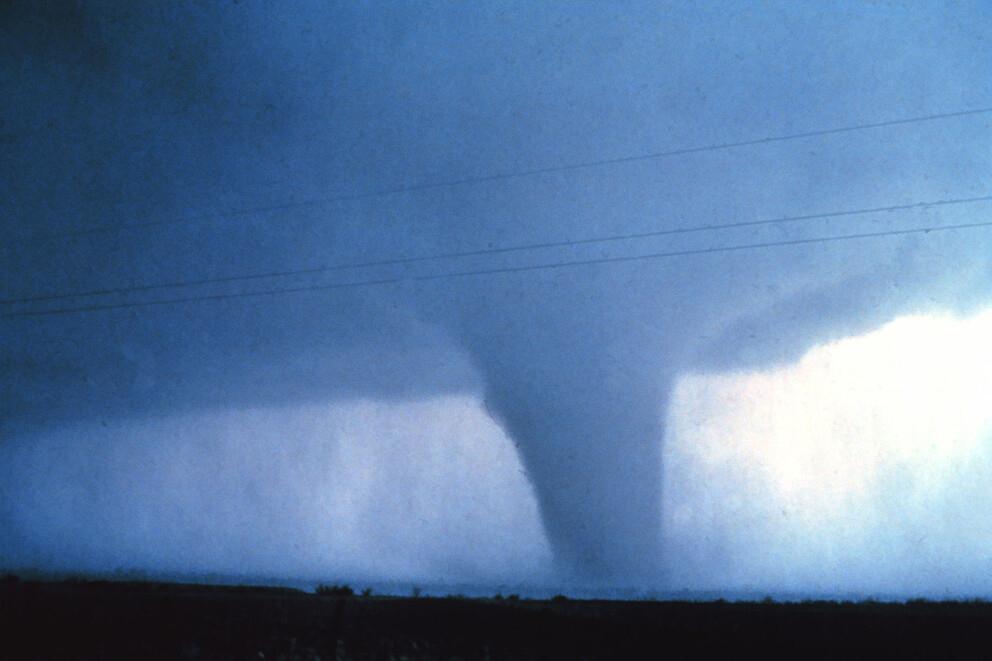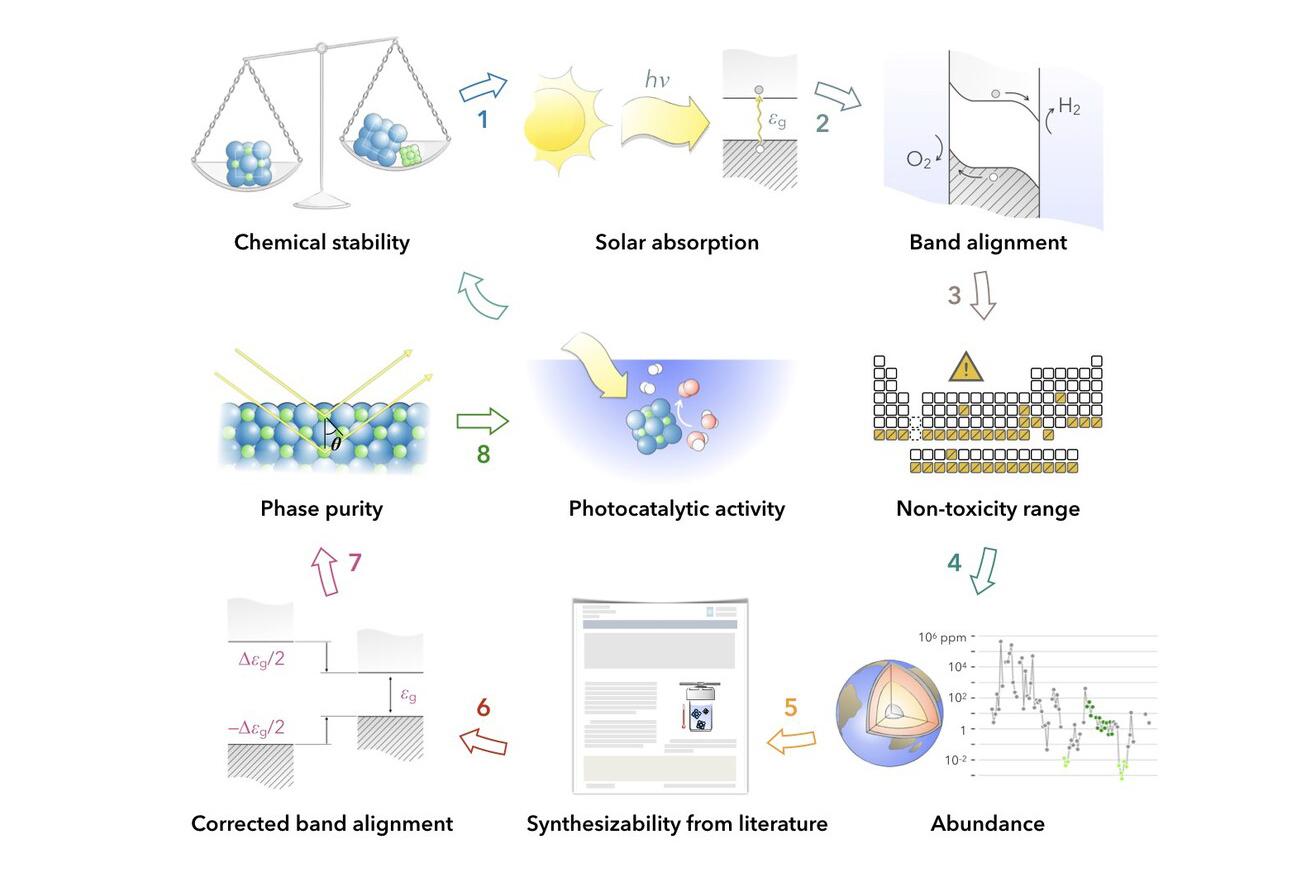Read the latest news about research conducted by investigators in the College of Earth and Mineral Sciences. Our faculty and students are continually advancing technology, creating solutions and expanding knowledge with new and innovative research.
News
A combination of a once-debunked 19th-century identification of a water-carrying iron mineral and the fact that these rocks are extremely common on Earth, suggests the existence of a substantial water reservoir on Mars, according to a team of geoscientists.
In nature, the interaction of molecules at the boundary of different liquids can give rise to new structures. These self-assembling molecules make cell formation possible and are instrumental to the development of all life on Earth.
Penn State’s Radiation Science & Engineering Center (RSEC), home to the Breazeale Reactor — the nation’s first licensed and longest continuously operating nuclear research reactor, is expanding to accommodate an equipment donation valued at $9.8 million and to facilitate more advanced neutron beam research as well as the growth of nuclear engineering at Penn State.
Trees, crops and other vegetation in the midwestern United States act as large carbon sinks during summer, taking in carbon dioxide (CO2) and limiting the amount of the greenhouse gas that enters the atmosphere.
Firefighters battling wildfires in the western United States use a variety of suppression tactics to get the flames under control.
A newly discovered fossil deposit near Kunming, China, may hold the keys to understanding howv organisms laid the foundations for life on land and at sea today, according to an international team of researchers.
New research reveals how residents in one community returned to their routines as COVID-19 restrictions lifted, according to a team of Penn State scientists.
Measuring ethane in the atmosphere shows that the amounts of methane going into the atmosphere from oil and gas wells and contributing to greenhouse warming is higher than suggested by the U.S. Environmental Protection Agency, according to an international team of scientists.
Penn State will be one of the partners in the National Oceanic Atmospheric Administration’s new Cooperative Institute for Severe and High-Impact Weather Research and Operations (CISHIWRO) hosted by the University of Oklahoma (OU).
Using solar energy to inexpensively harvest hydrogen from water could help replace carbon-based fuel sources and shrink the world’s carbon footprint.



